Ethinor | 5 mg | Tablet | 15 pcs
৳ 90.00
Brand Name: Ethinor Tablet
Generic: Norethisterone
5 mg
Manufacturer: Eskayef Bangladesh Ltd.
Unit Price: ৳ 6.00 (3 x 15: ৳ 270.00)
Indications
Norethisterone is indicated in:
- Spasmodic Dysmenorrhea
- Management of perimenopausal symptoms
- Premenstrual tension
- Management of endometriosis
- For Dysfunctional Uterine Bleeding
- Prophylaxis against recurrent dysfunctional bleeding
- For the treatment of inoperable cancer of the breast
- For postponement of menstruation
- Menorrhagia
Therapeutic Class
Pharmacology
Dosage & Administration
For Spasmodic Dysmenorrhea: 3 (15 mg) Norethisterone tablet daily from days 5 to 26 of the cycle, but anovulation and contraception cannot be guaranteed with the same degree of confidence.
For Management of perimenopausal symptoms: 1/2-2 (2.5-10 mg) Norethisterone tablet daily from days 5 to 26 of the cycle, in premenopausal women or for 3 weeks out of 4 in postmenopausal women is sometimes effective in relieving climacteric symptoms when the use of estrogen is contraindicated. Postmenopausal osteoporosis can also be prevented with 2 (10 mg) Norethisterone tablet daily, and treated with 1D-hydroxycholecalciferol combined with Norethisterone. More commonly Norethisterone combined with estrogen is used for this purpose. Norethisterone given cyclically, is intended to protect the uterus from unopposed exogenous estrogen, which can give rise to endometrial hyperplasia and even endometrial carcinoma.
For Premenstrual Tension: 1-3 (5-15 mg) Norethisterone tablet daily from days 19 to 26, for two to three cycles at a time.
As a Prophylaxis against recurrent dysfunctional bleeding: 1 Norethisterone tablet 2 times daily from the 16 to the 25 day of the cycle. Withdrawal bleeding occurs a few days after administration of the last tablet.
For Management of endometriosis: Treatment should begin between the 1st and 5th day of the cycle with 1 Norethisterone tablet twice daily. In the event of spotting, the dose can be increased to 2 tablets twice daily. If bleeding ceases, dose reduction to the initial dose should be considered. Treatment continues for at least 4 to 6 months. With uninterrupted daily intake, ovulation and menstruation do not usually occur. After discontinuation of hormone treatment a withdrawal bleeding will occur.
For Dysfunctional Uterine Bleeding: 1 Norethisterone tablet 3 times daily for 10 days. Usually bleeding stops within 1-3 days. About 2 to 4 days after completion of the treatment a withdrawal bleeding will occur which is similar to the intensity and duration of normal menstruation. Occasionally, slight bleeding may occur after the initial suspension of bleeding. If this happens tablet taking should not be interrupted or stopped. If vaginal bleeding does not stop, despite correct tablet intake, you should contact with your doctor, as another type of treatment and/or investigation may be necessary. To prevent bleeding recurrence, Norethisterone should be taken in each cycle 1 tablet 1 to 2 times daily from the 16th to the 25th day of the cycle. (The first day of the cycle is the first day of monthly bleeding).
For the treatment of inoperable cancer of the breast: Norethisterone tablet should be used in inoperable primary or recurrent carcinoma of the breast. The dose for Norethisterone tablet should be 6-8 tablets (30-40 mg) daily in divided doses. If no subjective or objective response occurs within 6 weeks, the dose is increased to 60 mg daily and may be continued indefinitely.
For postponement of menstruation: 1 Norethisterone tablet three times daily starting from 3 days before the expected onset of menstruation. A normal period should occur 2-3 days after the patient has stopped taking tablets.
For Menorrhagia: Treatment with 1 Norethisterone tablet 3 times daily from 5-25 days of the cycle has been shown to be effective in reducing menstrual blood loss.
Interaction
Contraindications
Norethisterone should not be used in the presence of the conditions listed below, which are derived also from information on other progestogen-only products. Should any of the conditions appear during the use of Norethisterone, the use of the preparation must be discontinued immediately.
- Known or suspected Pregnancy
- Lactation
- History of herpes gestationalis, cholestatic or idiopathic
- jaundice
- Dubin-Johnson and Rotor Syndrome
- Undiagnosed abnormal vaginal bleeding
- Hirsutism
- Desire for pregnancy during continuous treatment
- Known or suspected sex hormone dependent malignancies.
Side Effects
Pregnancy & Lactation
Precautions & Warnings
Use in Special Populations
Overdose Effects
Storage Conditions
| Generic Name | Norethisterone |
|---|---|
| Size | 5 mg |
Only logged in customers who have purchased this product may leave a review.



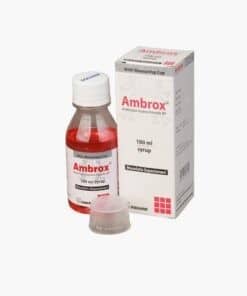
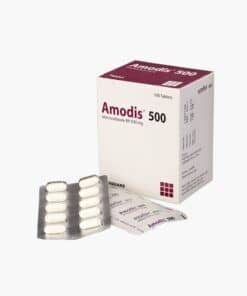
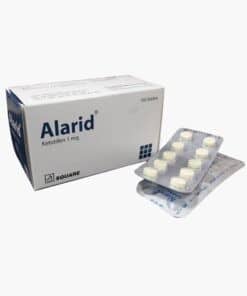
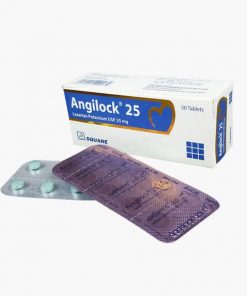
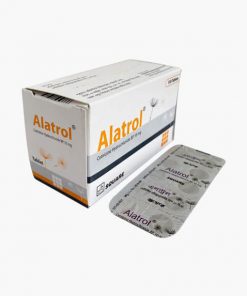
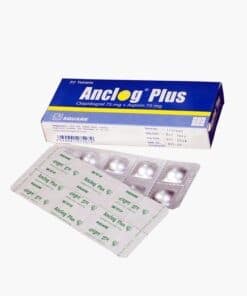
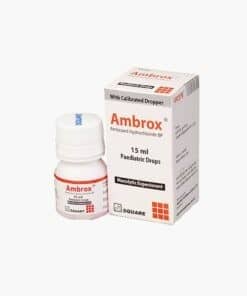
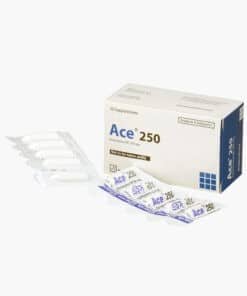
Reviews
There are no reviews yet.